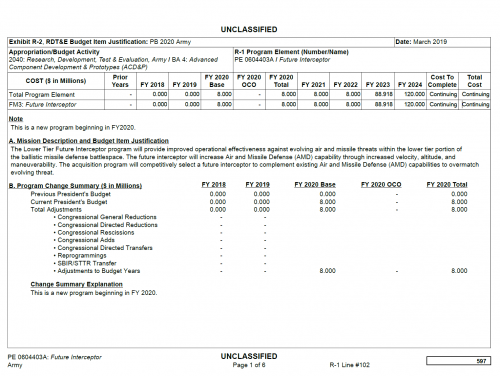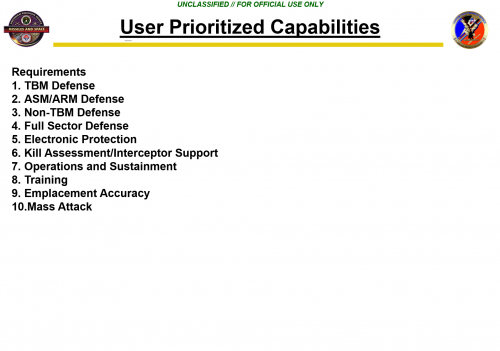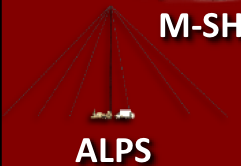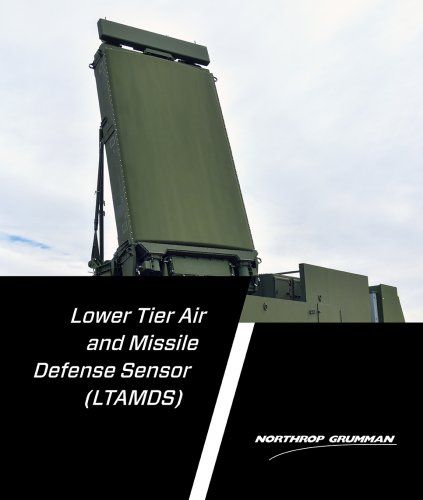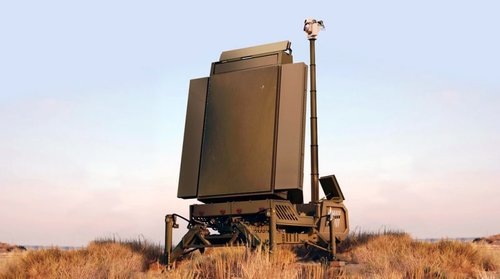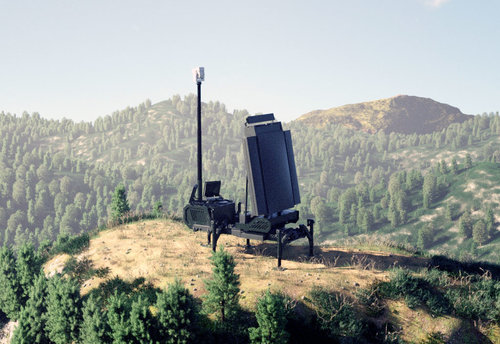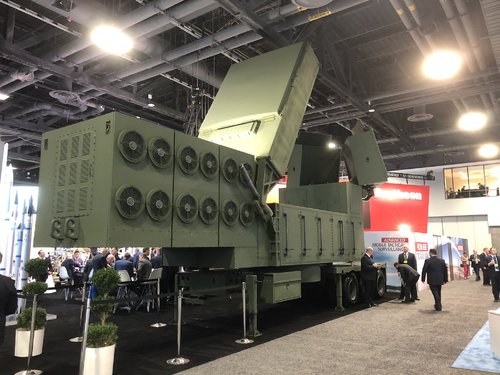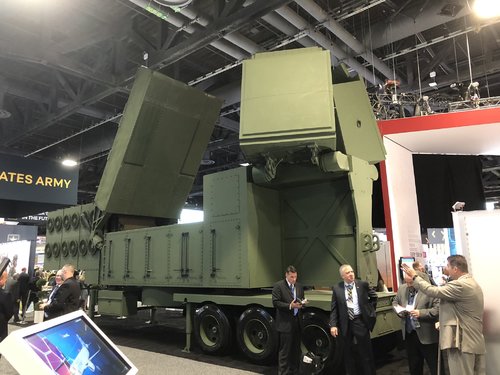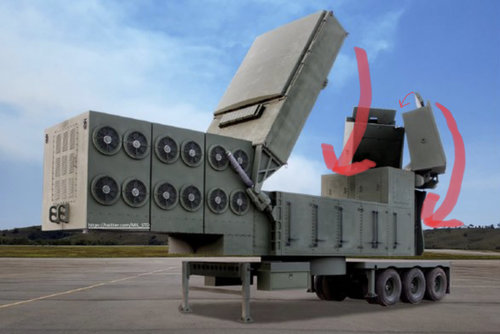Army To Pick LTAMDS Winner By September
"This is a radar they're going to buy for, I don't know, 30 years? So you want to make sure you've got new technology that can meet the threats of the future."
SPACE AND MISSILE DEFENSE SYMPOSIUM: The Army will pick a new radar for the Patriot missile by the end of the year, said the
three-star chief of Army Space & Missile Defense Command. That follows a “sense off” earlier this summer that pitted the three competitors against each other in a live demonstration, Lt. Gen. James Dickinson told the 2019
Space and Missile Defense Symposium here. Industry representatives in attendance say they are expecting the down-select in September.
The Lower-Tier Air and Missile Defense Sensor (LTAMDS) is one of four top priorities for Army air & missile defense modernization, Daryl Youngman told the conference. He’s deputy director of the Air & Missile Defense Cross-Functional Team (AMD CFT) — one of just eight such
high-level task forces in the entire Army. Air and missile defense, in turn, is No. 5 of the Army’s
Big Six priorities.
The winning system must provide both an immediate improvement over the current Patriot radar and plenty of room to grow and upgrade for future needs, Youngman said.
If LTAMDS succeeds, it could be bought not just for Patriot batteries, but also for use
across the force, Army officials have said. To grow into that wider role, LTAMDS must be capable of plugging into the Army’s new
IBCS network, which is intended to let any Army air & missile defense sensor — and some
non-Army ones like the F-35 — share real-time data with any weapon.
The Army is particularly focused on
countering high-speed cruise missiles.
The
LTAMDS program has taken a convoluted path to this point, after a decade of effort. The current program dates to 2016. In 2018, the Army chose two competitors, Lockheed Martin and Raytheon, for a technology maturation risk-reduction (TMRR) phase — but jut two months later (in October ’18) decided to change the acquisition strategy and re-opened competition to include the “sense off.” Three teams chose to compete at that demonstration at White Sands Missile Rase in New Mexico in May and June: both the original awardees, Raytheon and
Lockheed Martin — now teamed with Israeli firm Elta — but also a new contender, Northrop Grumman.
Bob Kelley, senior manager at Raytheon Integrated Defense Systems, told me on Tuesday that the test consisted of two weeks of “live air tracks and target injections to determine who has the best technology.”
The second aspect of the competition was to show off a model of the radar configuration at initial operating capability, currently set by the Army for 2022. Finally, the companies each had to write a proposal — all of which were submitted last month — with a view to a winner being selected in September.
The program’s moving quickly, Kelley said, a sign of its importance to Army leadership.
Kelley was quick to stress that Raytheon’s bid is not at all based on the original Patriot radar, for which Raytheon was the contractor. “It is a bottoms-up, clean sheet of paper, brand-new solution,” he said. A new approach is essential, he said, because “the requirements that the Army has laid out for this are tough. … They are looking at the most complex threats from our peer competitors.”
Raytheon has invested over $300 million into the radar development, since 2013. With that, Kelley explained, the company has been able to mature its
gallium nitride (GaN)radio-frequency chips “to what we believe is the industry leading GaN technology, with very high power, efficiency …we make military-grade GaN.”
Likewise, Northrop Grumman touts is own GaN technology. “Northrop Grumman’s LTAMDS solution leverages significant government and industry investment in proven, fielded programs of record to deliver a 360 degree, full-sector GaN based sensor that is architected to meet the U.S. Army’s urgent requirements while enabling significant capability growth for the future,” Christine Harbison, vice president for land & avionics C4ISR at Northrop Grumman, told Breaking Defense in a statement yesterday.
“Our LTAMDS solution builds upon the company’s decades of expertise in sea, land, air and space-based military radar technology and high-performance microelectronics,” she said. “The company’s offering is the latest Northrop Grumman sensor product to incorporate and use GaN high power density radio frequency components for greater performance. Our solution is ready today to address tomorrow’s threats.”
Paul Lemmo, vice president of integrated warfare systems and sensors at Lockheed Martin, told me here that the company’s offering “is a dual-band system, because we believe that to get at today’s threats and do all the missions that they want to do with [LTAMDS]… a dual-band system is probably the best answer.” He noted that a key part of the design is an Elta radar currently used on the Iron Dome missile defense system — the
which Congress ordered the Army to buy two batteries of.
“We really have a very challenging surveillance mission, which we’ve chosen to do it with S-band frequency,” he said. “And you also have a fire-control element, for which X-band is typically the best frequency.”
“This is a radar they’re going to buy for, I don’t know, 30 years?” Lemmo mused. “So you want to make sure you’ve got new technology that can meet the threats of the future.”

